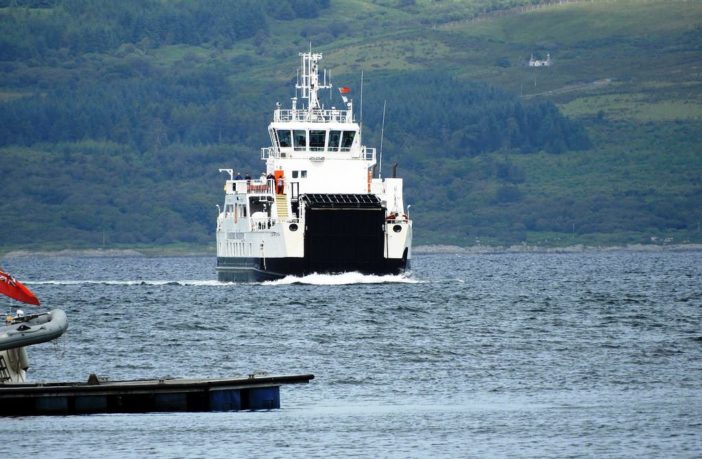We are working through, and curating the June 13th, 2018 EU report, “Can a Lithium Battery Fire be Put Out on a Vessel.” As we do, we begin to understand the enormity of the challenge. There are no electric car doors for the crew to step through, and stand on the sidewalk waiting for assistance. A fire involving marine lithium batteries at sea is a terrifying experience with the crew initially on their own.
The Lithium Battery Fire Problem Escalates with Size

Large inshore and offshore vessels therefore need an even more cautious approach than electric cars. Operational reliability and safety must be paramount at all times. Because, a lithium-ion battery fire is one of the most dangerous and difficult fires to get under control and extinguish.
Therefore, the authors believe the next best solution is cooling, containing, and suppressing it. Since extinguishing a lithium battery fire completely is not always possible and this opens the door to thermal runaway. The two commonest marine lithium chemistries are lithium nickel manganese cobalt (Li-NMC). And lithium iron phosphate (LiFePO4) alternatives.
Which is the Better Technology: Li-NMC or LiFePO4?

LiFePO4 chemistry is robust, making it appropriate for environments above 104º F / 40º C. However, Li-NMC is steadily replacing it, having superior energy and power densities. Thermal runaway temperatures are similar at 356º F to 426 for Li-NMC, and 518º F for LiFePO4.
That said, the Union believes, “Building better batteries is often not enough.” In its opinion, the root causes are often a combination of faulty mechanical and electrical design. And quality issues during cell production. It also has concerns about lack of attention during charging, especially since the process could be, or become defective.
This section of the report concludes, “Lithium-ion battery fires may occur as a result of flawed electrical and mechanical design. However, they are often derived from not designing battery systems to a standard that meets the application requirements.
Related
Marine Battery Fire Suppression: EU Update 3
Lithium Marine Batteries: European Union Update 2
Preview Image: MV Catriona Makes the Claonaig – Lochranza Crossing




